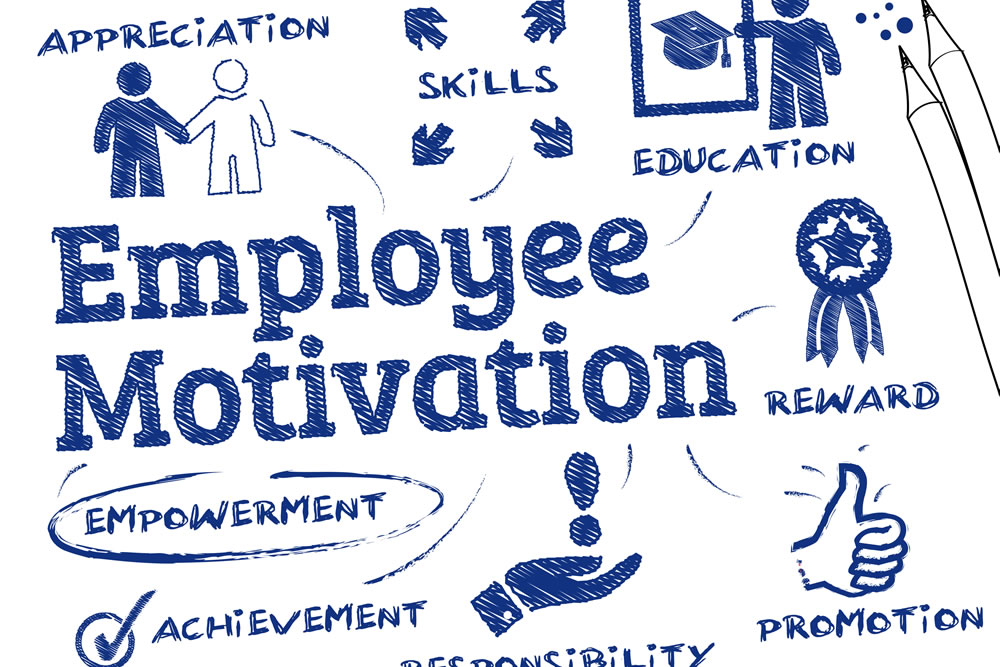Since the term “employee engagement” was coined nearly three decades ago, survey after survey has found the majority of workers just aren’t that into their job or employer. That’s bad news for business. Having a disengaged workforce hurts the bottom line because it results in high turnover, lower productivity, and poor customer service.
 “Employee engagement is when employees trust the leadership and feel an emotional connection to the company,” said Jill Christensen, an employee engagement expert and author of “If Not You, Who?” about employee disengagement. Employers shouldn’t confuse employee engagement with the short-term happiness workers feel when you do something like putting a ping-pong table in the break room.
“Employee engagement is when employees trust the leadership and feel an emotional connection to the company,” said Jill Christensen, an employee engagement expert and author of “If Not You, Who?” about employee disengagement. Employers shouldn’t confuse employee engagement with the short-term happiness workers feel when you do something like putting a ping-pong table in the break room.
Gallup conducts an annual survey that gauges employee engagement, and the most recent survey from 2018 showed:
• 34 percent of workers are engaged, which means they are enthusiastic about their job and committed to the workplace. They put in extra effort and go out of their way to help customers.
• 53 percent are not engaged, which means they show up for work and do the minimum, but they would jump ship for a job that looks even slightly better.
• 13 percent are actively disengaged, or so miserable at work that they have a bad attitude and may take any excuse to skip work.
Employee engagement is a key component in employee retention, so it’s particularly important in today’s tight job market. It’s a hot topic in the HR industry and blogs, too. A quick Google search finds dozens of articles promising to reveal any number of employee engagement trends for 2019. Blogs cite trends such as flexible workspaces and wellness benefits. But Christensen doesn’t believe those trends are the answer.

Goal Alignment
People want their work to add meaning or value to the world. They want to be part of something bigger than themselves. However, most employees say they don’t know what the company goal is. Christensen believes all employees should be encouraged to have individual written goals based off the CEO’s goals so they can see that everyone is working for a common purpose.
Two-way Communication
Many companies think they’re doing a good job because the CEO communicates with employees, but it’s equally important to listen to your workers’ thoughts and ideas.
“Find out what’s on their minds, what customers say to them, what’s not working so we can fix it, what great ideas they have for products,” Christensen said. “Employees won’t communicate unless they’re asked. It’s not human nature to speak up.” She recommends using focus groups to find out what employees think and to give them a voice in some decisions. If you decide not to follow the direction employees favor, explain why, she added. “Explain rationally why you chose B, and people will be satisfied that you listened.”
Recognition
Workers want to know they are appreciated. A simple thank you for a job well done – whether spoken, delivered in a card, or posted on the company website – is all many employees want.
When people start working for a company, they trust management and are enthusiastic, Christensen said. However, the typical corporate hierarchy, where workers have little interaction with leaders, chips away at that trust and causes employees to become disengaged.
“The moral of the story is, employee engagement isn’t difficult,” she said, while adding that executives who create a culture where employees feel their voice is heard and their efforts are appreciated are far more likely to have engaged employees than those with a completely top-down culture.
For more information, visit: https://jillchristensenintl.com/





